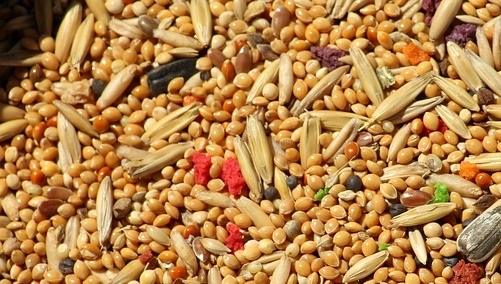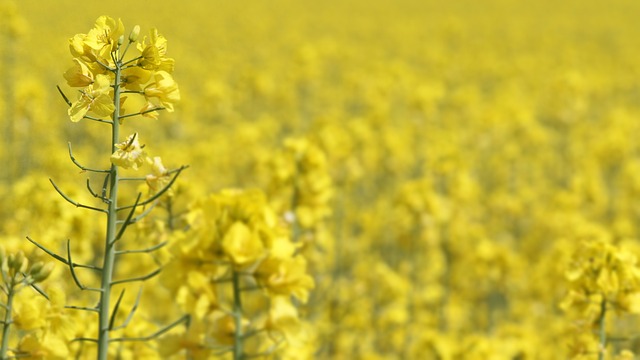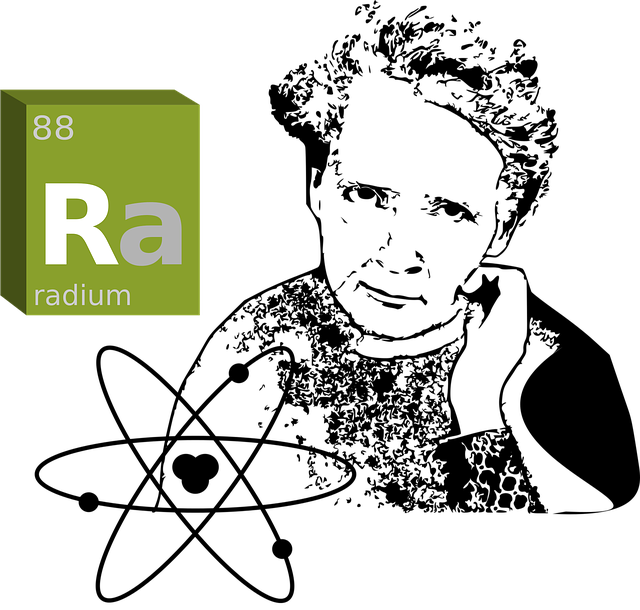Test Amit sep
Millets: The Underrated Indian Superfood

The health benefits of flagged millets are in fighting malnutrition. Millets are abundant in nutrients and healthy plant compounds
Millets are considered a superfood, playing a crucial role in dealing with the nutritional requirements of many people. The government is thrust on increasing millets' production through advanced schemes and supporting entrepreneurs and the UN celebrating the International year of Millets in 2023. India is posed to play a crucial role in expanding Millet's value chain at the domestic and global levels. Millets were considered ancient food grains and the first plants domesticated for food. They are grown in more than 130 countries and are the traditional food for 59-acre people in Asia and Africa. Millets are a rich source of vitamins, minerals, and dietary fibers. According to the Food and Agricultural Organisation (FAO) of the United Nations, millets are a collective class of small-seeded annual grasses grown as gram crops, primarily on marginal land in dry areas of temperate, subtropical, and tropical regions. In India, millets are produced mainly in Maharashtra, Karnataka, Andra Pradesh, Tamil Nadu, Rajasthan, Utter Pradesh, Gujarat, and Haryana.
Types of Millets
Main varieties of Millet grown in India include;
1. Pearl millet (Bajra)
2. Sorgum (Jowar)
3. Finger millet (Ragi)
4. Small millet (Kutki)
5. Foxtail Millet (Kangani/Kakun)
6. Barnyard millet (Sawa/Sanwa/Jhangora)
7. Kodomillet
International Year of millets: 2023
In 2021, the Government of India proposed a proposal before the United Nations (UN) declaring 2023 as the International Year of millets. India's bid was accepted, and 72 countries supporting Preparations are in full swing to celebrate 2023 as the International Year of millets by promoting Indian millets, recipes, and value-added products globally. The campaign aims to encourage Millet's health benefits and suitability under changing climatic conditions. By doing so, it is expected that the demand for Millet will grow exponentially in many countries.
Millets as Nutri-cereals
National food security mission (NFSM) has been implemented to boost millet production in 212 districts across 12 states. Under the initiative, assistance is given through State Government to farmers for interventions such as cluster demonstrations on Package of Practices (POP), demonstrations on cropping system, distribution of high-yielding varieties of seeds, improved farm machinery, efficient water application tools, plant protection measures, nutrient management, processing, and post-harvest equipment, cropping system based training to the farmers, etc.
Promoting Startups
According to Agriculture Ministry data, currently, there are over 500 Startups associated with the millet value chain during the Indian institute on Millet Research.
More than Rs 62 crores have been disbursed to over 66 Startups, while about 25 Startups have been approved for further funding Financing. The government has urged farmers to adopt these nutritious coarse grains as their preferred crop choice and benefit from it.
Health benefits of consuming Millet
The health benefits of flagged millets are in fighting malnutrition. Millets are abundant in nutrients and healthy plant compounds. Consequently, they offer multiple health benefits, as discussed below:
Rich in antioxidants: Millets are rich in phenolic compounds, especially catechins and ferulic acid. These molecules act as antioxidants to protect the body from harmful oxidative stress, rapid wound healing, skin protection, and anti-inflammatory properties.
Control blood sugar levels: Millet cereals are rich in fiber and non-starchy polysaccharides that help control blood sugar levels. Millets also have a low glycemic index (GI), which is unlikely to spike your blood sugar levels. Thus, Millet is considered an ideal grain for people with diabetes.
Lower cholesterol: Millets comprise soluble fiber, which generates a viscous substance in the gut. In sequence, this traps fats and helps reduce cholesterol levels. Moreover, millet protein may help lower cholesterol. In addition, they exhibit an anti-inflammatory effect to support heart health and stimulate fatty acid oxidation. However, its levels usually are lower in people with obesity and diabetes.
Fits as a gluten-free diet: Millets fall in the category of gluten-free grain, making them a sustainable alternative for people with celiac disease and those following a gluten-free diet. Gluten is a protein that appears naturally in grains like wheat, barley, and rice. However, individuals with celiac disease or non-celiac gluten sensitivity must avoid it because it usually triggers harmful digestive symptoms (diarrhea and nutrient malabsorption).
How would you rate this Article ?
Press the number of stars to rate this Magazine.
4.8 Author Points.
Based on 13 Magazines written by this author.
No Magazine Ratings yet



































Please Sign In or Sign Up to leave a Comment.